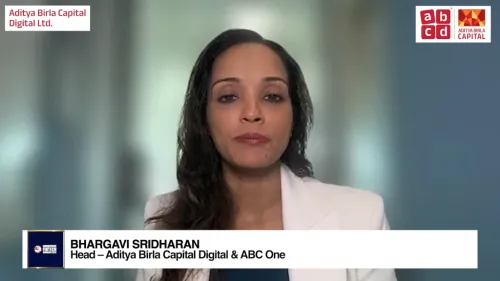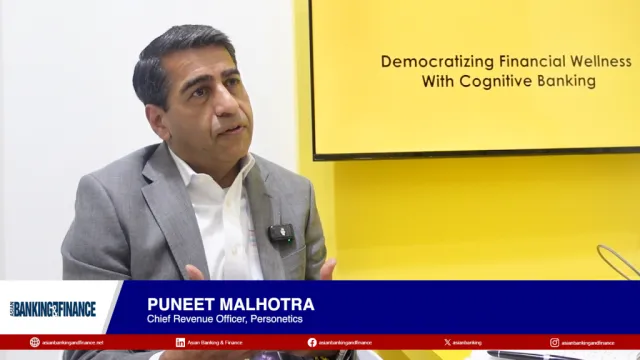
Mortgage competition between Aussie homeowners and investors heats up
First-time homeowners increasingly need to take on more debt to afford a house.
Australia’s momentary interest rate policy easing will halt further declines in mortgage arrears, but is unlikely to deter mortgage competition between first-time homeowners and investors.
"An interest rate breather is unlikely to dampen enthusiasm for mortgage competition, with investor participation in home lending accelerating," said S&P Global credit analyst Erin Kitson in a report on 24 November 2025.
Prospective first-time home owners in Australia increasingly need to take on more debt to participate in home ownership, Kitson noted. Government support measures, such as a 5% deposit scheme, help first-home owners to take on higher levels of debt.
In contrast, investors are less sensitive to interest rate movements due to their often higher income levels and existing property footprint.
The problem is that this current scenario could make property prices higher as it could stoke competition.
Housing affordability is an increasing issue in Australia. Over 1 in 3 Australians surveyed by Finder revealed that they have slashed personal spending just to be able to afford a home loan.
Despite these efforts, over 1 in 3 (35%) of the survey respondents said they don’t think they’ll ever be able to afford their own home.
Large lenders have taken note of the housing issue. National Australia Bank (NAB), one of the biggest banks in Australia and in the Asia Pacific based on asset-size pledged $39.3b (A$60b) to address the housing crisis.
In an open letter published in October 2025, NAB CEO Andrew Irvine said that Australia is “not building enough homes to provide access to housing for all Australians.
“Housing is Australia’s biggest societal and policy challenge,” Irvine wrote in the open letter. “NAB recognises and embraces the opportunity we have to address this challenge.”
A separate report by Roy Morgan published in November 2025 found that mortgage holders and renters lead in credit card debt.
Mortgage payers (A$1,342) and renters (A$911) owe more in their cards compared to by owning their home outright (A$787), Roy Morgan found, based in a survey of 60,000 Australians.
“These patterns suggest that cost-of-living pressures, particularly the high expense of rent and mortgage repayments, are key drivers for why many Australians rely on credit to make ends meet,” said Suela Qemal, general manager of financial services, Roy Morgan.



















 Advertise
Advertise







